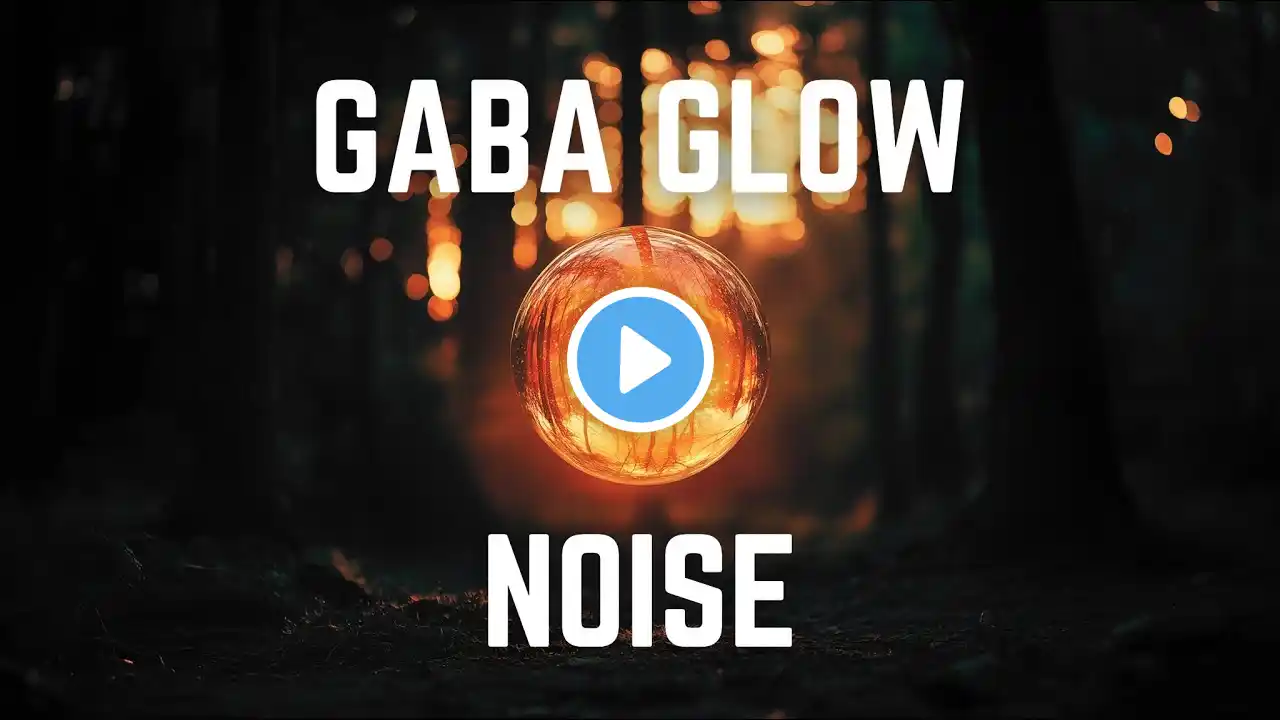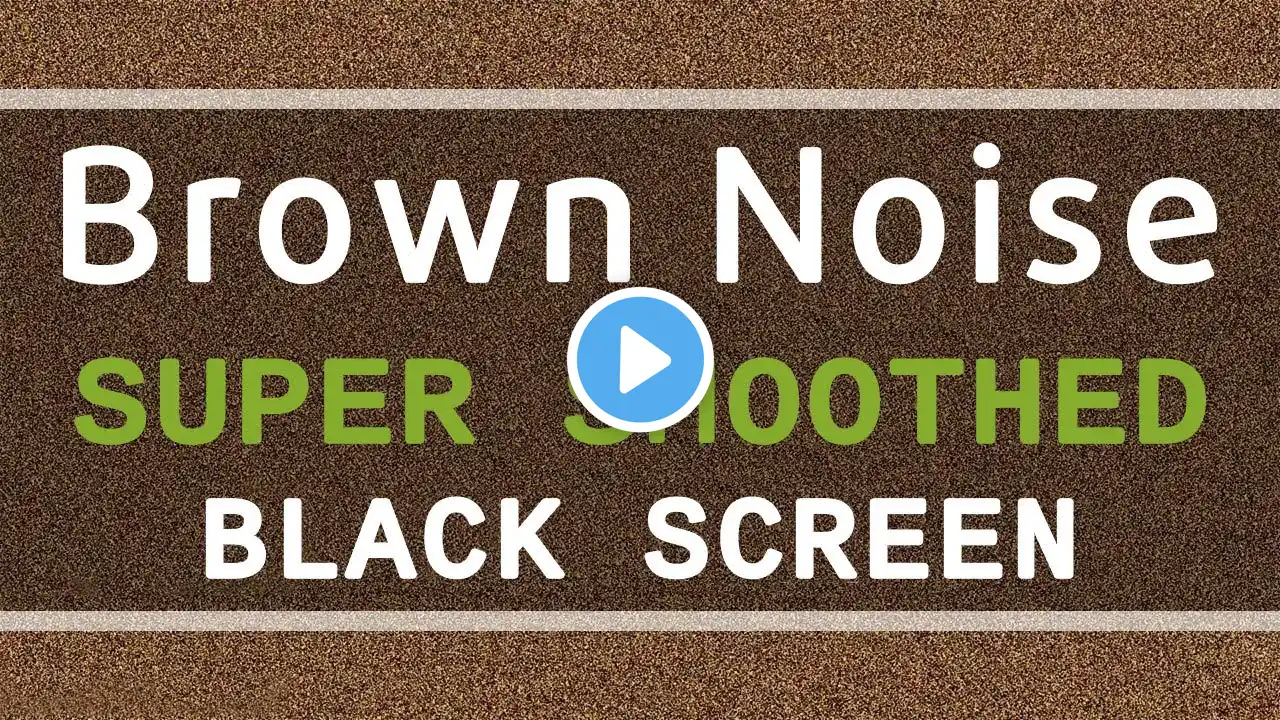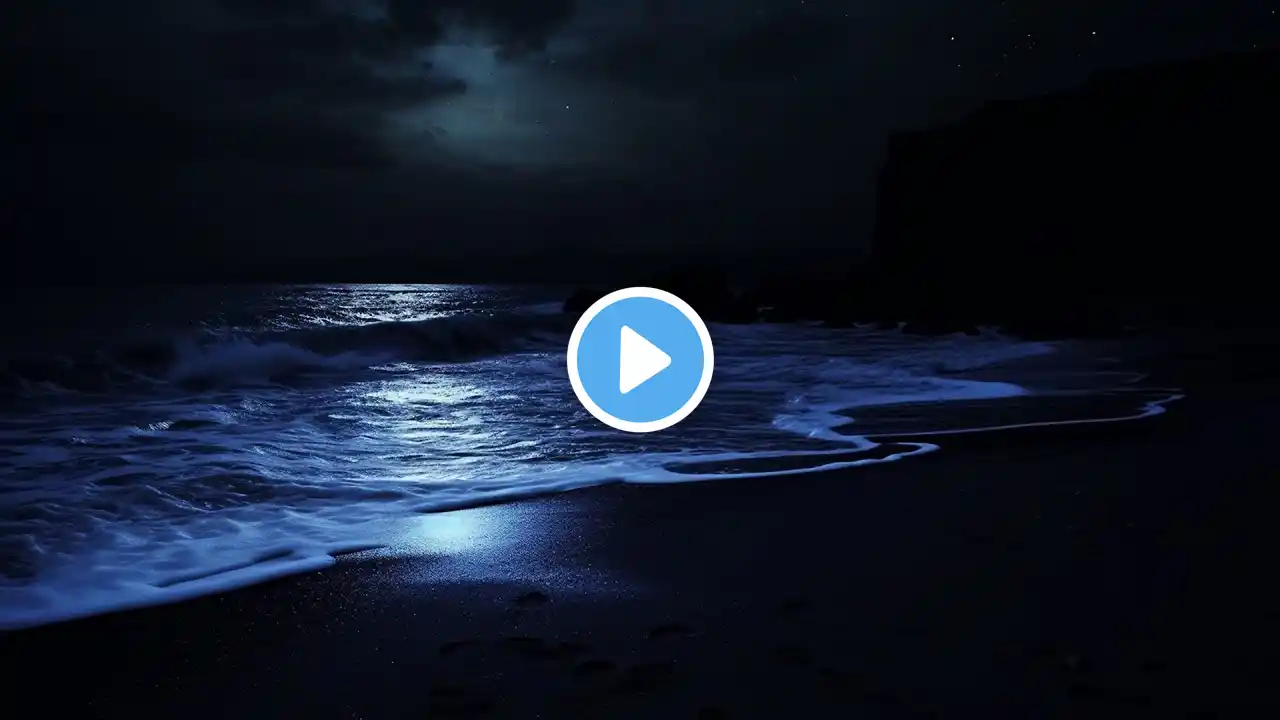
(No Ads) 12 Hours | PINK Noise | Black Screen | Sleep, Relax, Focus, Study
White Noise vs. Brown Noise vs. Pink Noise White noise is another common sleep aid, but it differs from brown and pink noise in how it distributes sound frequencies. 1. White Noise • Contains all frequencies at equal intensity, creating a “static” or “hissing” sound. • Examples: TV static, air conditioner hum, or a fan. • Can be harsh or high-pitched compared to pink and brown noise. 2. Brown Noise • Deeper, more bass-heavy than white noise. • Examples: Distant thunder, waterfall, deep ocean waves. • Feels smoother and less “sharp” than white noise. 3. Pink Noise • Softer than white noise, with more emphasis on lower frequencies. • Examples: Steady rain, rustling leaves, soft wind. • Less harsh than white noise but not as deep as brown noise. Which Noise is Best for Baby Sleep? ✅ White Noise: • Best for blocking out sudden external noises (e.g., talking, traffic, door slams). • Mimics the whooshing sounds of the womb. • May be too harsh for some babies if the volume is too high. ✅ Brown Noise: • Deeper and more soothing than white noise. • Great for babies who respond well to a consistent, low-frequency hum. ✅ Pink Noise: • More natural and balanced, good for long-term sleep quality. • Can help babies and adults fall into deeper sleep. Conclusion: Which One to Use? • If your baby wakes up due to sudden noises, white noise may be the best choice. • If your baby prefers softer, deep sounds, brown noise might work better. • If you’re looking for gentle background noise that supports deep sleep, pink noise is worth trying. Many parents use white noise for newborns and later switch to brown or pink noise as the baby grows. Experimenting with different sounds can help find the best one for your baby’s sleep. 🎧😴



















